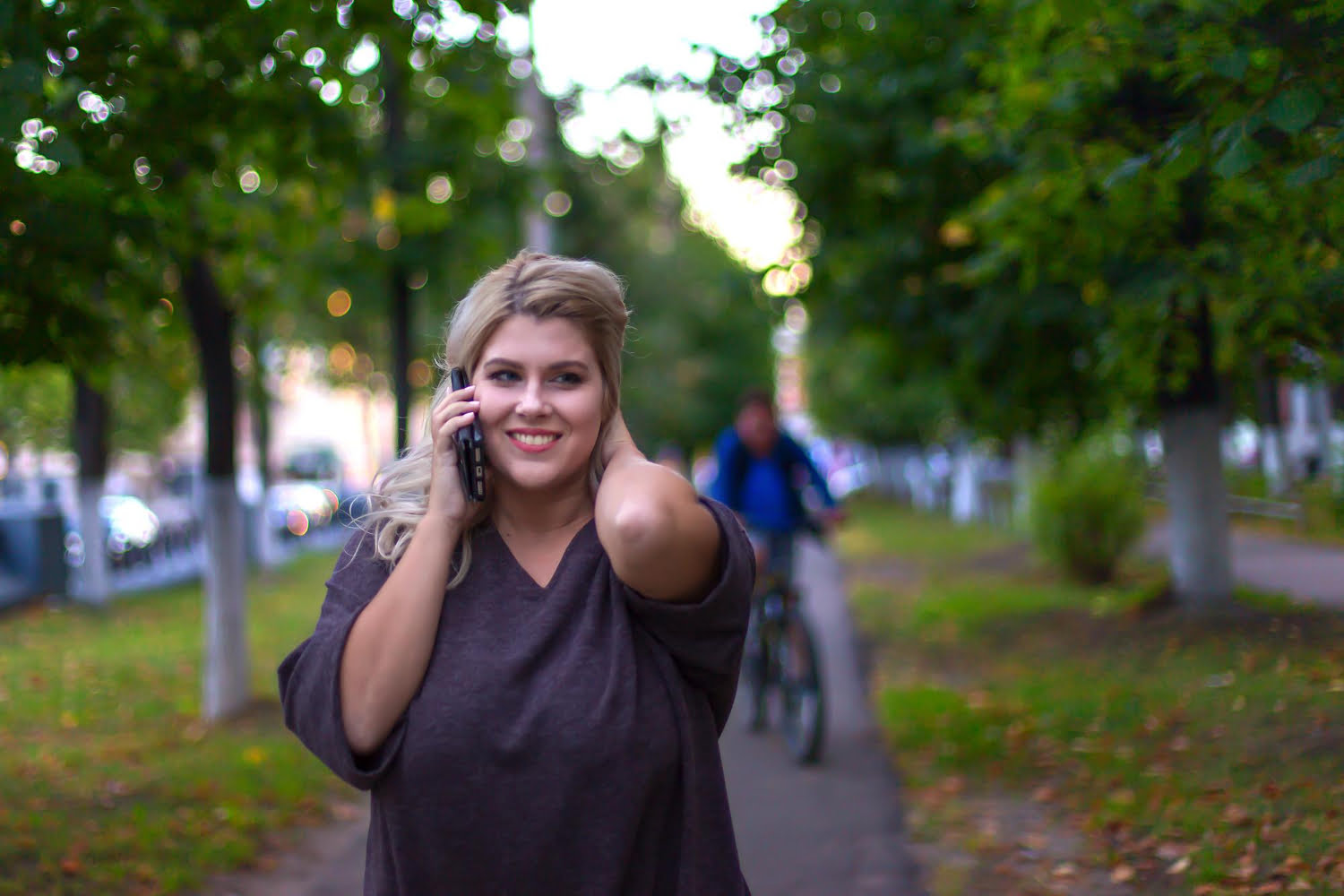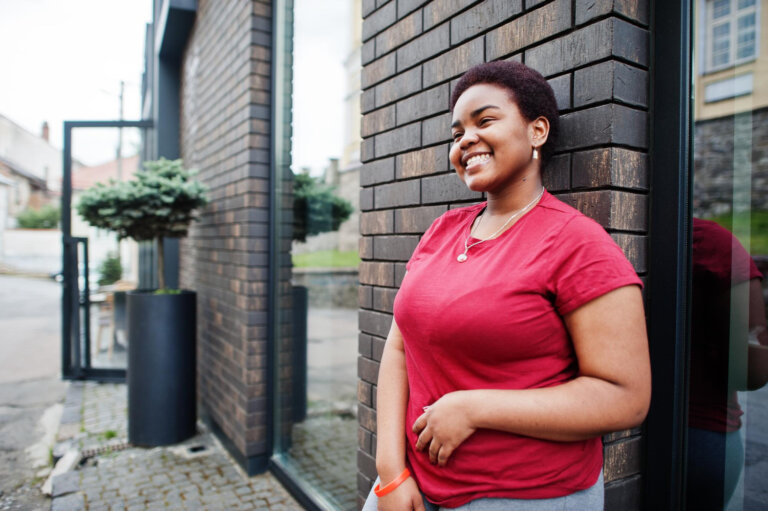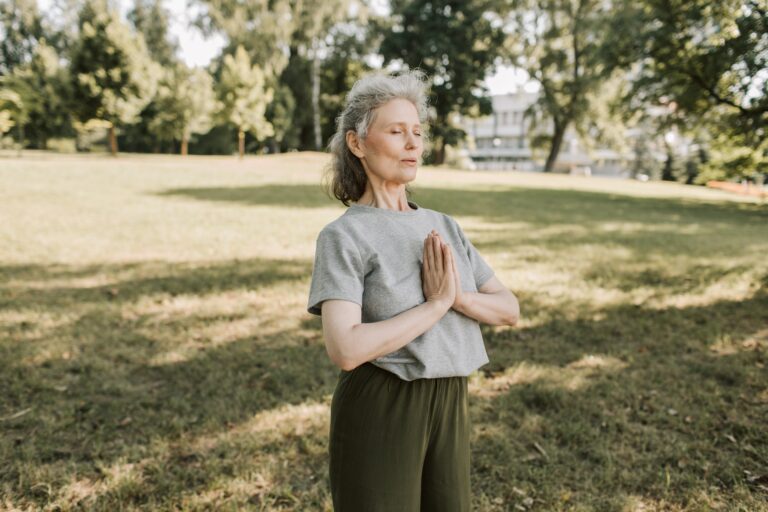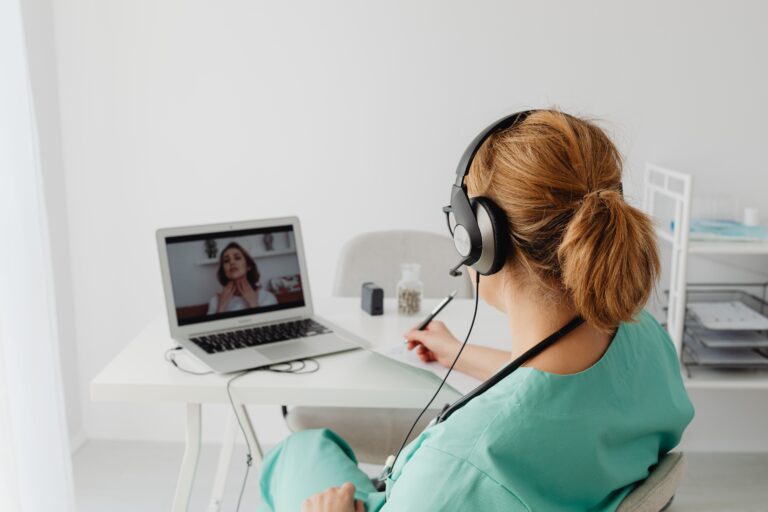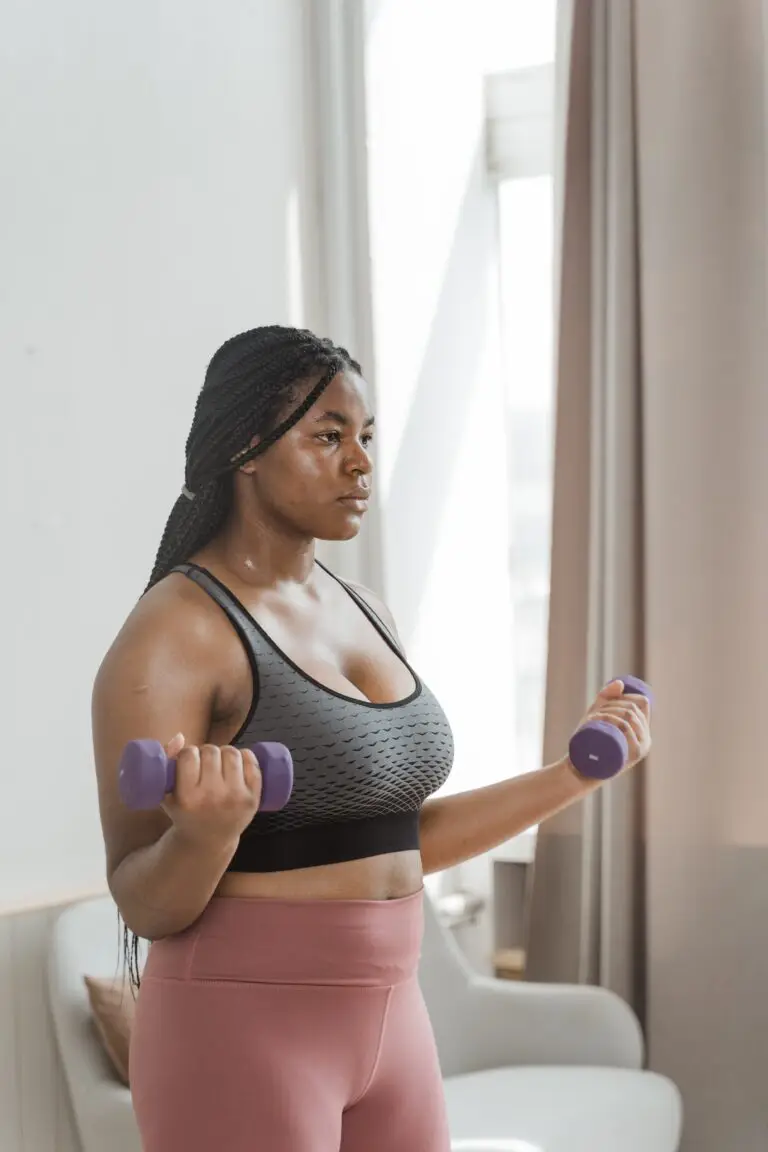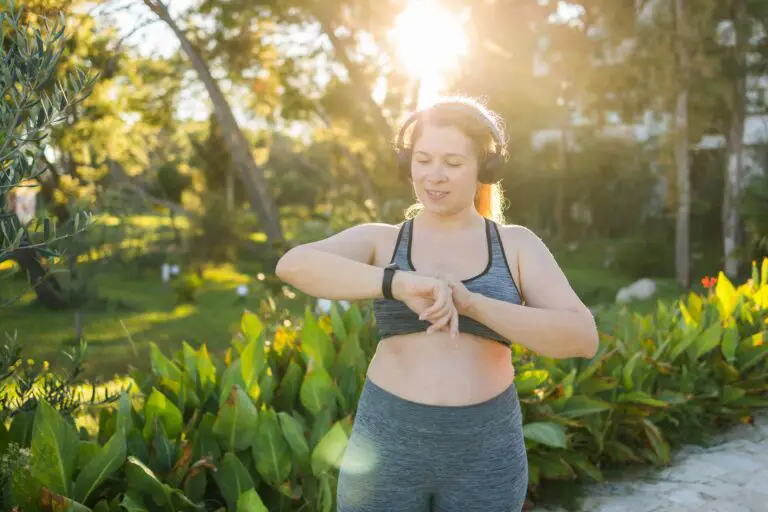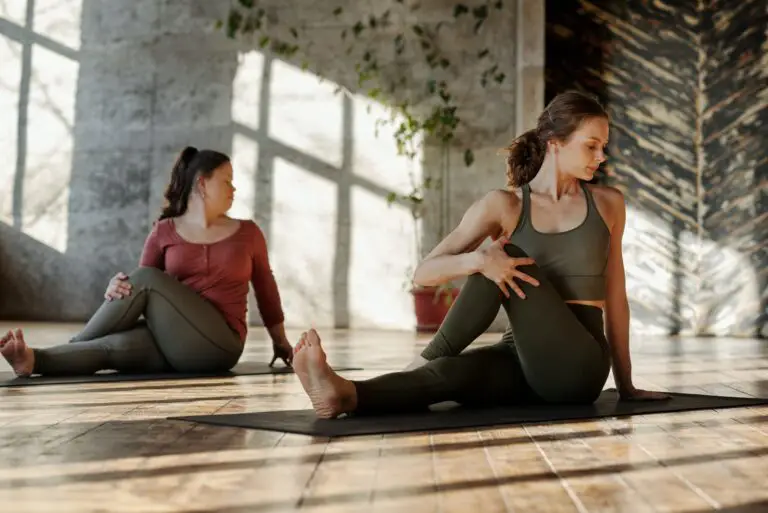GLP1s like Ozempic, Wegovy, Mounjaro and Zepbound are getting more popular and many individuals are looking at these promising medical treatments to help them with chronic diseases, improve their quality of life, and lower their long-term health risks. However many individuals considering these treatments have questions on the role of diet and exercise.
Do I need to exercise if I am on Ozempic, Wegovy, or Mounjaro?
The brief answer is yes, absolutely. GLP1s reduce appetite and when these medications are taken in a supervised program that includes exercise or physical activity, your likelihood for improved results and keeping the weight off in the long term increases.
In a recent study, when participants only received a GLP-1 by itself, or an exercise program by itself, their weight regain after 1 year was higher. When they took both (exercise and GLP1) together, they had lower body fat percentage, waist size, and overall fat mass.
But how does exercise actually effect the result of the treatment?
Studies have shown that exercises increases GLP-1 levels in healthy and obese individuals naturally. Exercise increases gut microbiome diversity which may contribute to improving GLP-1 resistance in some individuals, such as those with Type 2 Diabetes.
The combination of exercise and GLP-1 based medications may have a synergistic effect on treatment of metabolic disorders such as diabetes and obesity. Although the exact mechanism by which these dynamics work is not fully understood, exercise is believed to increase the effectiveness of GLP-1 receptor agonist treatments.
What about the long-term benefits of exercise with GLP-1s?
The combination of increased physical activity with GLP-1s was also found to improve health outlook for long-term risks related with metabolic syndrome severity, inflammation, cardiometabolic and cardiovascular risks. So not only do you lose more weight, you also improve your health.
Can exercise help me if I hit a plateau and am not losing weight?
Weight loss plateaus happen when your body is bringing the same amount of energy as its consumption. As you lose weight, your body’s energy consumption decreases, and it eventually reaches a balance with your lower food intake. Exercise is a great way to disrupt that plateau, and fire up your metabolism, and disrupt the energy balance. By incorporating regular physical activity, you can start losing pounds and inches again!
What are the risks of being sedentary or not exercising while on GLP-1s?
By not increasing physical activity or movement, you potentially lose out on increased weight-loss results, increase your risk for long-term weight regain, and are also at increased risk of long term health issues and conditions, which include heart disease, high blood pressure, high cholesterol, type 2 diabetes and cancer.
If you generally take less than 5,000 steps per day, you are considered to have a sedentary lifestyle. In North America, adults often spend over 9 hours sitting every day, on average. This has increased 83% since 1950 as our lifestyles and type of work we do have evolved. At the same time, studies have found that people who sat for 12 hours or more per day had a 38% higher risk of death than those who sat just 8 hours. However, just 10 minutes of moderate to vigorous physical activity per day reduces risk of death by 35%, and 22 minutes or more completely eliminate it.
What type of exercise is most beneficial if I am on Ozempic, Mounjaro or other GLP-1s?
The best type of exercise is a combination of low to medium intensity daily movement, such as walking, with 3-4 days per week of resistance training with weights, resistance bands, machines or and weights.
If you enjoy sports or hobbies such as swimming, running, tennis, pickleball, squash, yoga, dancing or recreational sports leagues e.g. soccer, they can also be a great way to build and preserve lean body mass, burn calories and remain active.
Remember that strength training is extremely effective and helpful in advancing your health. If you don’t like the gym or heavy weights, you can always start slow with squats, lunges, planks and sit-to-stands.
So what should I do if I am busy at work or home, or don’t enjoy exercise?
- If you are busy, try an exercise or movement “snack” such as walking for 5-7 minutes, every 30 minutes, or 10-12 minutes after each hour. to help break up your day.
- Try to keep an eye on your steps if walking is your primary physical activity. You should generally be walking at least 8,000 to 10,000 steps each day.
- If your job requires sitting for extended period of time and you cannot take any breaks, find time for physical activity after work, such as walking, household chores, gardening, light or moderate exercise, etc.. Aim for 12.5 minutes or more, per hour of sitting.
- Learn about the role of mindfulness, and building a mind-body connection to help you enjoy physical activity more.
Conclusion:
- Healthy weight loss maintenance with exercise, GLP-1 receptor agonist, or both combined followed by one year without treatment: a post-treatment analysis of a randomised placebo-controlled trial.
- Exercise and glucagon-like peptide-1: Does exercise potentiate the effect of treatment?
- Combination of exercise and GLP-1 receptor agonist treatment reduces severity of metabolic syndrome, abdominal obesity, and inflammation: a randomized controlled trial
- Rx for Prolonged Sitting: A Five-Minute Stroll Every Half Hour
- Device-measured physical activity, sedentary time, and risk of all-cause mortality: an individual participant data analysis of four prospective cohort studies
- A Physical Activity and Sitting Time Balance Index and All-Cause Mortality Risk
Disclaimer:
The Cloudcure Learning Hub contains educational content providing balanced information on diseases and treatments. The information presented is of a general nature and is not a substitute for professional medical advice, diagnosis, or treatment. If you have any medical questions or concerns, please talk to your doctor or primary healthcare provider.
